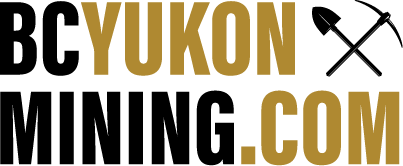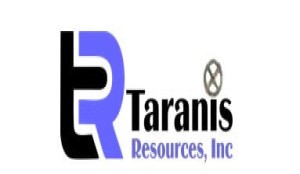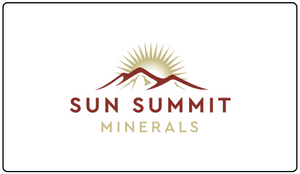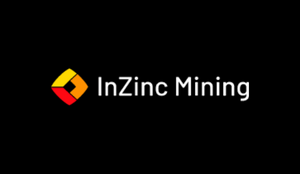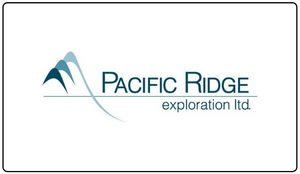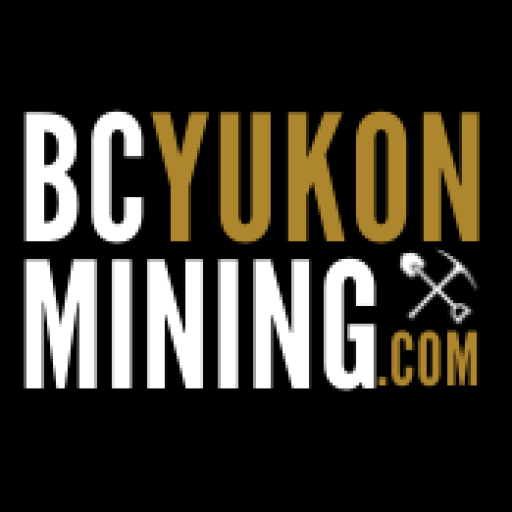| Estes Park, Colorado, April 12, 2022 – Taranis Resources Inc. (“Taranis” or the “Company”) [TSX.V: TRO, OTCQB: TNREF] is providing an exploration planning update on its 100%-owned Thor precious-base metal deposit located near Trout Lake, British Columbia. The Company continues its analysis of past exploration data within a new linked porphyry-epithermal model framework. The new approach has already led to the discovery of a seventh epithermal zone at Thor in 2022; the Thunder Zone. Three previously unexplored areas which are likely to host significant epithermal zones at Thor bring the total possible number of discrete epithermal bodies at Thor to ten or more. The new targets are expected to host large areas of epithermal mineralization related to a central buried intrusive feature that is the focus of a separate exploration effort. A map showing the location of these newly identified areas relative to the existing targets is shown on the website. The airborne geophysical survey planned for early May 2022 is capable of more accurately defining both epithermal and porphyry targets than is otherwise possible using ground geophysics. The airborne geophysical survey will cover over 3 times the area covered by ground geophysics with a depth of penetration approximately 10 times the existing VLF-EM geophysical database. Airborne survey data will simplify drill targeting and enable a new phase of rapid resource growth. Overview of New Epithermal Targets Taranis’ models incorporate data from 250 exploration holes drilled on the known epithermal zones at Thor (including the Broadview, Great Northern, True Fissure, Blue Bell and Thunder Zones). These epithermal zones contribute to a strike length of over 2 km of continuous mineralization along the surface. Total strike length of epithermal mineralization at surface with the new targets could be upwards of 3.3 km. These targets are discussed in detail below: SIF-North (Including Thunder Zone) The 2021 discovery of the Thunder Zone on the south side of Thor’s Ridge opens the possibility of substantially increasing the length of the Thor deposit to the northwest. Both the Thunder Zone and a previously known but isolated gold occurrence called SIF-North sit on the northeast limb the Silver Cup Anticline, within the cross-cutting Thor Fault Zone. The northeast limb of the Silver Cup Anticline preserves older rocks of the Sharon Creek Formation (carbonaceous phyllite), and younger lithocap rocks of the Jowett and Broadview Formation (volcanics and greywacke). The contact between these rock units hosts all other known epithermal mineralization at Thor. Previous exploration has recorded numerous gossans on the north side of Thor’s Ridge, sourced from this contact. The gossans are almost certainly derived from leached sulphide minerals and have been observed at surface up to 1km north-northwest of the known mineralized areas within the Thor epithermal trend. SIF North is a boulder field of gold-bearing quartz float on the north side of Thor’s Ridge, discovered by Taranis in 2013. The bedrock source of the mineralization has never been located. Based on Taranis’ discovery of a large rockslide concealing the Thunder Zone, it now appears that a rockslide also conceals the bedrock source of SIF North mineralization. The extent of topography-related disturbances on both sides of Thor’s Ridge renders surface prospecting highly unreliable; and the upcoming airborne geophysical survey will be extremely valuable for continued exploration to expand the epithermal trend through this area. The SIF North occurrence almost certainly connects to the Thunder Zone located 900 m to the southeast. Western Deeps A major NNW-trending fault truncates at least five of the epithermal deposits at Thor (44 Upper/Lower, Great Northern Upper, Great Northern Lower and the True Fissure lodes). This fault dips steeply to the WSW, and is exposed in cross-section at the Gold Pit occurrence. At Gold Pit, a high-grade ‘knocker’ of the Great Northern deposit has been incorporated into the fault, and also translated into the plane of the fault. To the west of the fault, the epithermal zones have been down-dropped, and for this reason they have not yet been discovered. There is also a very extensive gold and silver anomaly in soil samples that originates from under Broadview Formation lithocap rocks, and is indicative of concealed mineralization in this area. The presence of lithocap rocks at surface west of the fault confirms that the receptive Sharon Creek/Broadview Formation is present at depth. There is ample evidence to suggest that this part of the Thor deposit hosts extremely high-grade gold and silver values – distal to the Intrusive Target located 800 m to the southeast. Broadview South Review of EM-37 data has identified several deeply concealed EM conductors below the surface, occurring over a strike length of more than 300m within argillic-altered rocks of the Jowett Formation. The now well-established staircase model at Thor suggests that a previously unknown epithermal deposit exists in the footwall of the Broadview Zone, and does not outcrop at surface. FeNiCo Mega-Gossan, High-Grade Nickel and Cobalt Discovered in Previous Soil Sampling One of the most spectacular geological features on the Thor Project is an iron gossan 900 m northwest of the existing Thor epithermal deposit. The gossan has returned ore-grade nickel and cobalt mineralization in soil samples (N=66) completed in 2013 (see Taranis News Release September 4, 2013). The area has been subject to little exploration but at some time had an adit collared to explore the feature by a previous exploration company. With the metal markets’ increased focus on Ni, Co, and Zn as strategic metals, Taranis is planning to conduct exploration to discover the source of the elevated nickel and cobalt content in 2022. The following table highlights some of the results from the 2013 soil sampling. Lines were spaced 30 m apart. |

